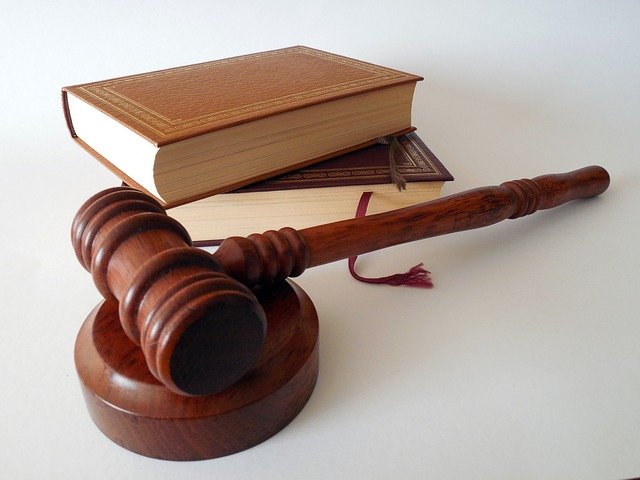
Unless there is litigation involving objections to the bankruptcy discharge, the debtor will usually automatically receive a discharge. The Federal Rules of Bankruptcy Procedure provide for the clerk of the bankruptcy court to send via US mail a copy of the order of discharge to all creditors, the U.S. trustee, the trustee in the case, and the trustee’s attorney, if any.
The debtor and the debtor’s attorney also receive copies of the discharge order. The notice, which is simply a copy of the final order of discharge, is not specific as to those debts determined by the court to be non-dischargeable, i.e., not covered by the discharge. The notice informs creditors generally that the debts owed to them have been discharged and that they should not attempt any further collection. They are cautioned in the notice that continuing collection efforts could subject them to punishment for contempt.
Any inadvertent failure on the part of the clerk to send the debtor or any creditor a copy of the discharge order promptly within the time required by the rules does not affect the validity of the order granting the discharge.
